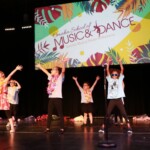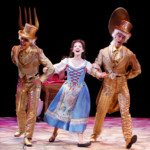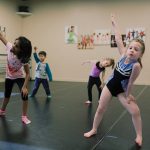Let’s talk about ballet and pointe — and every style in between! Below are ten ballet facts we bet you didn’t know.
This Dance Studio is En Pointe with These Facts & Puns
1. Ballet shoes and pointe shoes are different
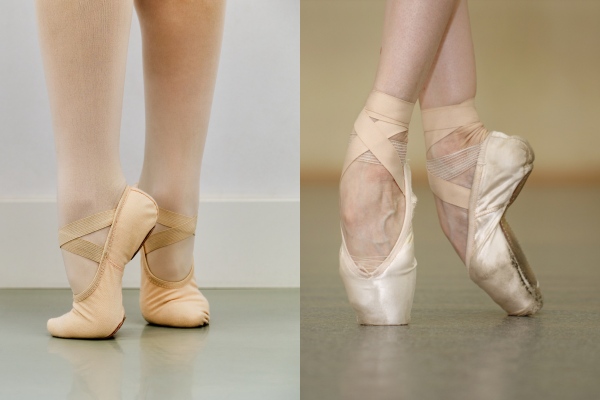
Beginner ballet students don’t wear pointe shoes right away; they instead start by wearing soft shoes and stand on flat feet or demi-pointe (when a dancer stands on their tip toes but not on top of their toes). Eventually, when a dancer has mastered a lot of ballet technique and their ankles are strong enough, they may begin dancing en pointe (when a dancer stands on top of their toes with hard wooden shoes).
Pointe shoes are covered in satin, but they are actually made from wood. The box protects a dancer’s toes and evenly distributes their weight in order to dance on top of their toes.
2. Dancers put rosin on their pointe shoes to prevent slipping

Because pointe shoes are covered in satin, they can be very slippery to dance in! Dancers use something called rosin (the same rosin that violinists use on their bows) to help prevent them from slipping, falling, and causing injury. Rocks of rosin are placed into a bin and then crushed with the tip of the pointe shoe. The resulting dust makes the pointe shoes stick just enough to the floor to prevent the dancer from slipping and falling in jumps and turns.
3. A lot of dance styles were created from ballet
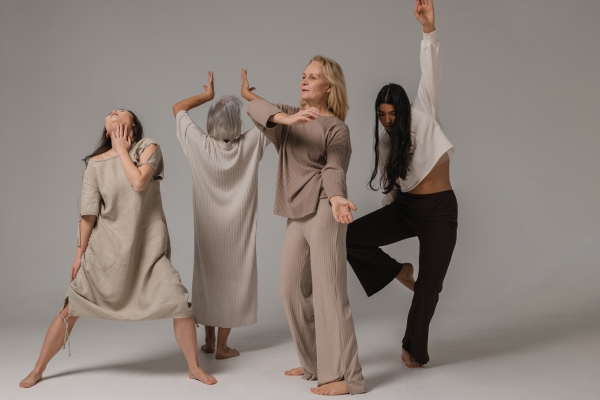
Ballet is an old style of dance that has been around for centuries. Since its beginning, other forms of dance have stemmed from ballet. For example, lyrical dance uses ballet technique but attempts to tell a story through the lyrics of a song. A lyrical dancer emotes a lot, which tends to be missing from classical ballet. Contemporary dance also originated from ballet. This dance style uses leg-heavy techniques from ballet, but incorporates a lot of floor work. All of these styles are taught today and have class openings at a dance studio near you.
4. Ballet performance tells a story without words
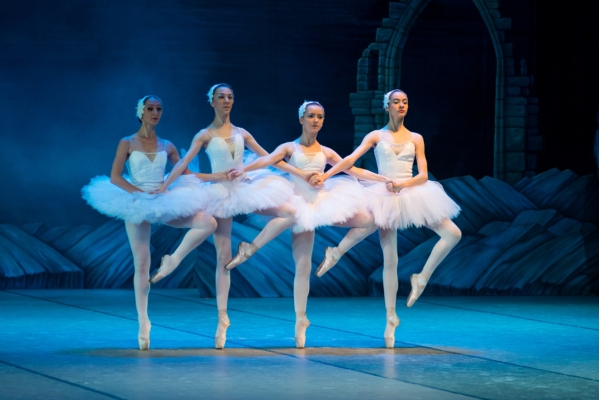
This list of ballet facts would not be complete without mentioning The Nutcracker. Ballets like The Nutcracker, The Sleeping Beauty, or Giselle tell a story through the performance of choreographed movement to music. However, none of the songs has words — there is no dialogue or singing. The telling of the story is done purely through ballet dance, costuming, and scenery.
5. Equality: Ballet pink is making an exit in favor of proper skin-toned tights & shoes
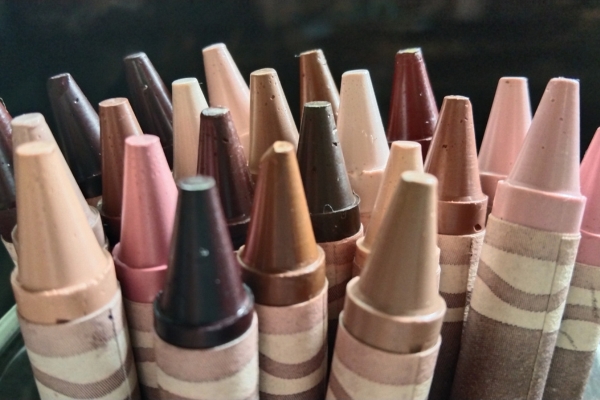
Traditionally, ballerinas wear pink tights and pink shoes to match the fair skin tones of the ballet dancers in Russia and France. The ballet community, however, has made wonderful moves to rectify issues caused by this traditionalism since “ballet pink” doesn’t match every dancer’s skin tone. Dancewear and costuming brands have answered this call by offering tights and ballet shoes in a wide variety of skin tones. Pointe shoe companies have not quite caught up with this call, so ballet dancers with darker skin tones tend to dye their pointe shoes to match their tights and skin tones. In general, while great strides like multi-tone tights and shoes are happening, there is still a lot of work to be done to improve equality in ballet.
Aside from rectifying equality issues, another reason ballet shoes and tights should match a dancer’s skin tone is to help create aesthetically pleasing lines with the dancer’s arms and legs. What is considered “good” ballet technique, choreography, and performance are actually based on these lines a dancer makes with their body. If the dancer performs with dancewear paler than the natural skin tone of their arms and neck, Lines would be broken if a dancer has their natural skin tone on their arms and a paler one on their legs, thus disrupting the lines.
6. A dancer should wait until at least age 12 to get pointe shoes
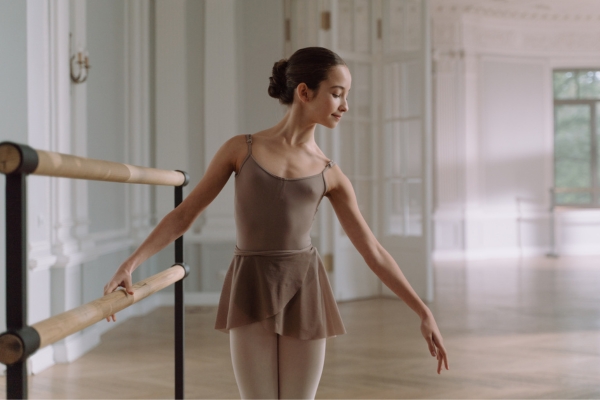
Dancers should be at least 12 years old before getting pointe shoes. At this age, feet are (usually) fully grown and likely ready for the stress dancing en pointe puts on them; dancing en pointe before the feet and ankles are physically ready puts the ballerina at higher risk of injury.
Pointe shoes are also very expensive, so you don’t want to have to keep buying new ones due to growing feet. Dancers should always want to get the most out of their pointe shoes until the shoes are “dead,” which is the expression used for pointe shoes that have a broken shank or are no longer strong enough to support the dancer’s weight.
Note: Even if a dancer is 12 years old, this alone doesn’t mean they’re automatically ready for pointe. They may still have a lot of strengthening and technique work ahead of them before they are truly ready. Don’t worry — a dance studio near you offers both pre-pointe and pointe classes (like here at Omaha School of Music & Dance!).
7. The word “ballet” originates from the Greek word “ballizo”
The etymology of the word “ballet” originates back to the Greek word “ballizo,” which means”to dance” or “to jump around.”
8. Barre work is a crucial part of ballet class
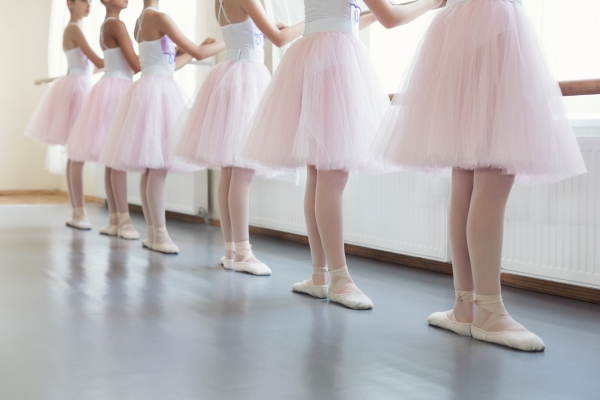
There are two meanings to the word “barre” in ballet class: 1) The physical tool called a barre, and 2) The series of repetitions done at the beginning of each ballet class.
Let’s talk about the first meaning. Ballet barres are tools used for stability, balance, and alignment. Dancers use the barre to train and perfect movements, as well as build muscle memory and strengthen a dancer’s core. While barres are not meant to take on a dancer’s full weight, they are designed to assist when a dancer needs help in balancing.
And now for the second meaning! A barre in ballet also refers to the series of repetitive movements completed at the beginning of each ballet class. These are typically the same movements in each class, so students can focus on perfecting technique instead of memorizing new combinations. A barre includes movements like tendus, rond de jambes, dégagés, battements, and more. These exercises can either be completed at the barre (with the assistance of the physical tool) or as a center barre (without the assistance of the physical tool).
9. Adagio vs allegro
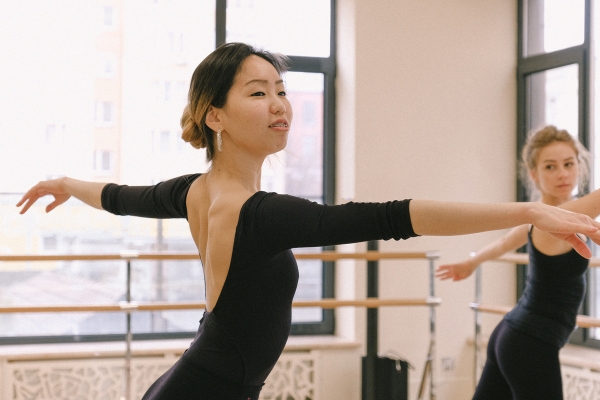
After barre work is complete, the ballet class moves to the center of the floor where additional movements are trained and perfected: pirouettes, jumps, and turns — in adagio or allegro. “Adagio” and “allegro” are not repetitions; they actually refer to tempos and how fast your overall movement across the floor will be.
- Adagio refers to songs with a tempo around 44-68 beats per minute. These movements are slow and focused on dancing in unison with strong technique.
- Allegro is a much faster paced tempo at 120-156 beats per minute. Allegro is a section of class using quick, staccato-like movements and jumping.
10. Petit allegro vs grande allegro

As you might guess, allegro is jumping. Petit and grande allegro refer to either small or big jumps, respectively.
- Petit allegro is a series of quick, small jumps that require height and tight technique. Overall, petit allegro stays in one place and does not travel across the floor. Examples of petit allegro include changement, sissone, and jeté.
- Grande allegro refers to quick, large jumps. A grande allegro requires more leg extension and tends to travel across the floor. Examples of grande allegro include grande jeté and saus de chat.
Want even more ballet facts? Continue reading all about ballet here!
Discover OSMD, the Ultimate Dance Studio near YOU!
Our dance teachers here at Omaha School of Music & Dance are excited to share their passion and knowledge of ballet with you or your kiddos. We would be excited to have them in our ballet classes, or even in our Pathway to Pointe program that leads young dancers to that exciting day of getting their first pointe shoes and living their ballet dreams!
Contacting us or signing up is easy:
- Give us a call at (402) 576-5792
- Request more information here
- Stop by the studio — we’d love to meet you!
- Sign up for classes here

